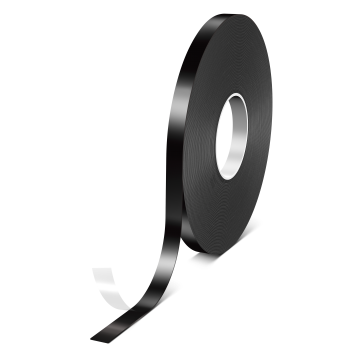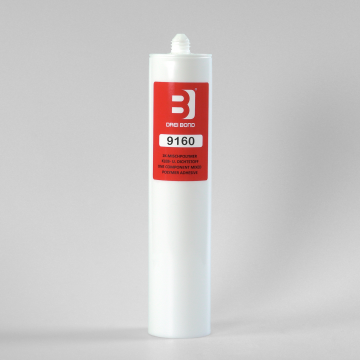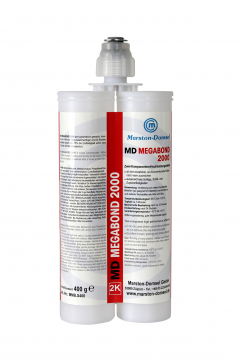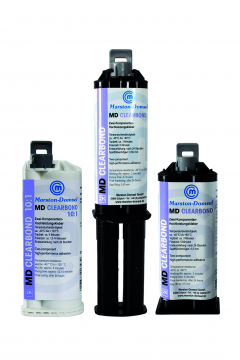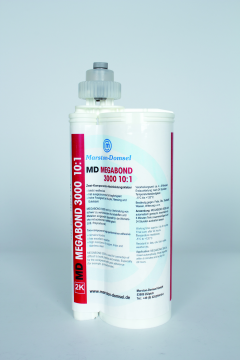Bonding SAN to PUR low degree of crosslinking
These days bonding processes are becoming ever more complex and the projects ever more challenging. Substratec Ltd supports your business in finding suitable adhesive bonding methods, corresponding surface technologies and relevant application systems, both on- and offline:
Search engine for adhesives technologies >>>
Features
Polyurethanes (PU) can have both thermoset, thermoplastic or elastomeric properties. This depends on the degree of crosslinking of the monomers. In general, polyurethanes are formed by polyaddition of polyols with di- or poly-isocyanate to form the urethane group typical of polyurethanes. Diols and di-isocyanates lead to linear polyurethanes. The more functional groups the monomers contain, the more crosslinked is the resulting plastic. © 2021 SUBSTRATEC. All Rights Reserved.
Styrene / acrylonitrile
Preview results
0.8 mm double-sided foam tape for LSE surfaces: plastic to plastic application in automotive interior.
Drei Bond 9160 is an elastic, one-component MS-Polymer. Sealant and adhesive for bonding vehicle bodywork, containers and vehicle manufacture, air conditioning and heating equipment, metal work etc.
Bonds metal, stone, woods, plastics and ceramics. Extremely high strength, weatherproof, easy to use.
A low odour, clear Acrylic adhesive with medium viscosity, shock- and vibration-proof.
Excellent resistant to hydrocarbons, acids and bases (3-10ph), salt solutions.

